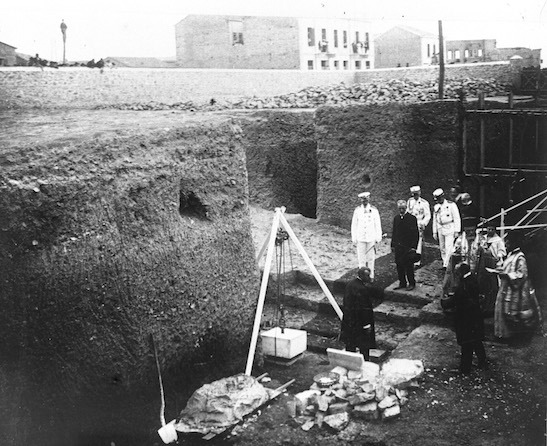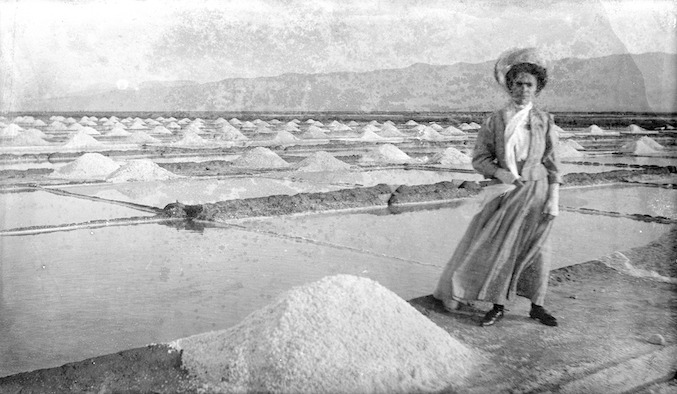Antonis Lagadas
More than a Century Ago:
The Gaze of the Photographer through his Images
Places and people from Greece 1890-1914
The photographs in this exhibition were a representative sample from the archive of the amateur photographer Antonis Langadas, and they are part of the evolution of photographic art in Greece. The archive, which was discovered in his house in Pyrgos Santporini, includes glass negatives and some prints on albumina paper. The dated series of negatives start in 1891 and end in 1916 when his photographic activities came to an end for an unknown reason. Most of the original prints, which the photographer himself had organised in hand bound albums, were stolen from this house together with most of the contents, during the winter of 1992.
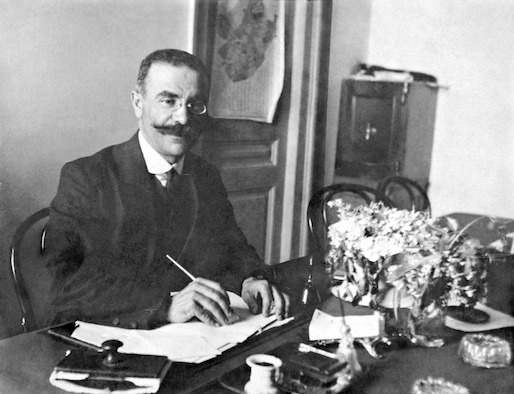

Well travelled and aware of the technical advancements and the aesthetic principles of photography in Europe, Lagadas gave a different dimension to his pictures. An admirer of the British photographer Peter Emerson, he was inspired by the concept of naturalistic photography while he also made reference to the artistic principles of pictorialist photographers, ideas with which he experimented during his travels in mainland Greece. He spent many years in Egypt and his time there contributed to the strengthening of his relationship with photography. He met European and American photographers who travelled the Mediterranean in search of antiquities and picturesque landscapes. Egypt, Greece and the Holy Land were the main destinations of those traveller-photographers who played an important role in the development of photography as both a new technology and a form of art.
The styles from different influences are visible on his pictures after the 1903. At that period, photographers in Greece depicted reality with images of static views or emotionless portraits posed in interior spaces or in mobile studios. Langadas combined landscape and portraits in the same picture, photographing figures in their natural settings with expressions liberated from the anxiety of posing. Adapting artistic principles of light and shade, he created meaning through his images, and his experimental compositions went beyond the normal style and skills of the time.
meanings.
Landscapes
The series dates from 1890 to 1908. Human presence was not common in landscape photography of that period but in Lagadas’s pictures, figures are placed carefully as a point of reference, to indicate scale or to ascribe different meanings. The style makes reference to English landscape paintings of that period. In the landscapes, light, shade and focus direct the composition and the influence of Pictorialism is noticeable, especially the work of Camille Silvy, in the way that the lens catches the smallest details. Although human presence was not common in landscape photography of that period, figures are placed carefully as a point of reference, to indicate scale or to ascribe different meanings.
People
The portraits or full body pictures follow the posing of that period but they are different in terms of composition and the fact that models pose in their natural environment. The usual perception for the position of women is transformed through the photographic lens. Women become the main focus in compositions on their own right, removed from their secondary role posing as wives or mothers. The women portraits unlike the style of the period, demonstrate a psychological intimacy and intensity that is compellingly modern. They look directly at the lens although according to the ethics of the time they are supposed to look down or far away.
Events
Lagadas travels and professional life gave him the opportunity to meet and take pictures of public figures and events. Series of rare images depict public space in Athens during the Balkan Wars 1912-13 and King George at the foundation stone laying ceremony in St Andreas church in Patras



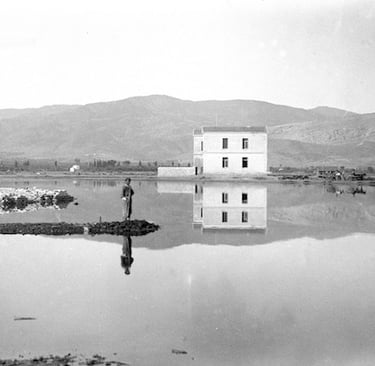
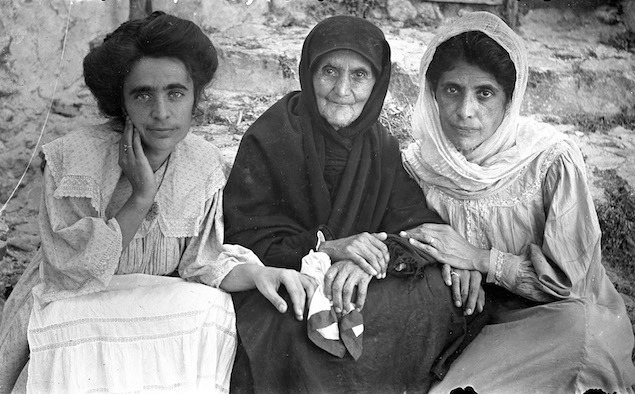

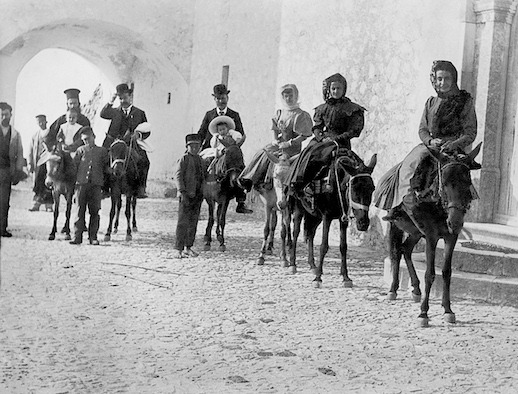

The exhibition was organised around three themes: Landscapes, People, Events
